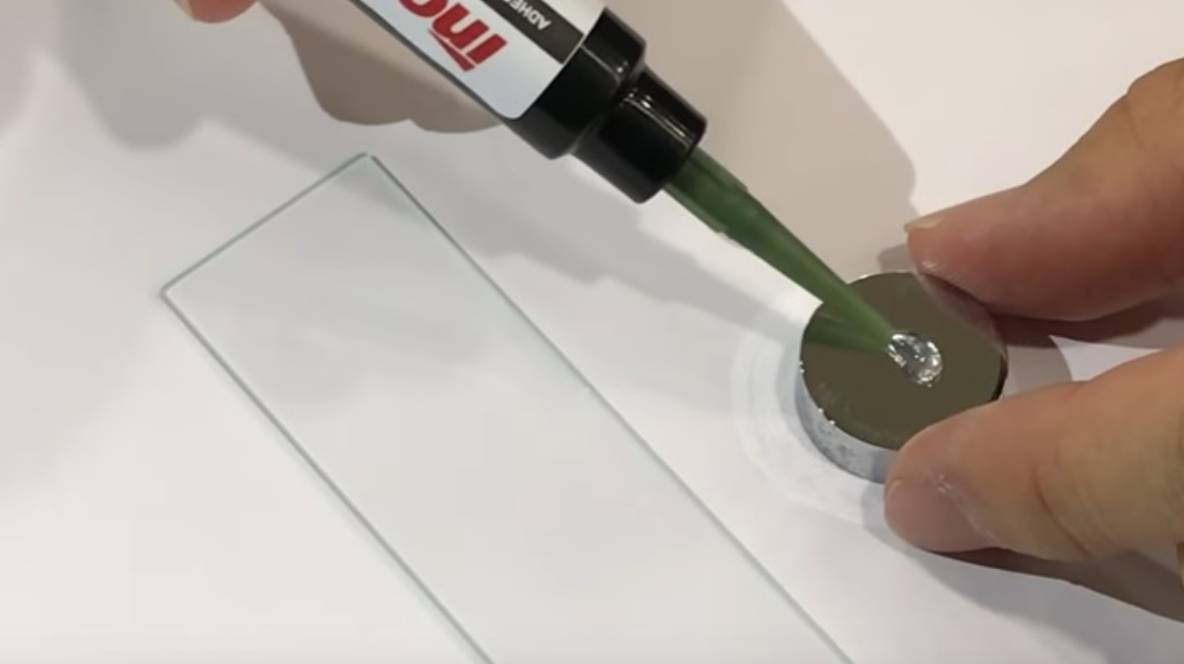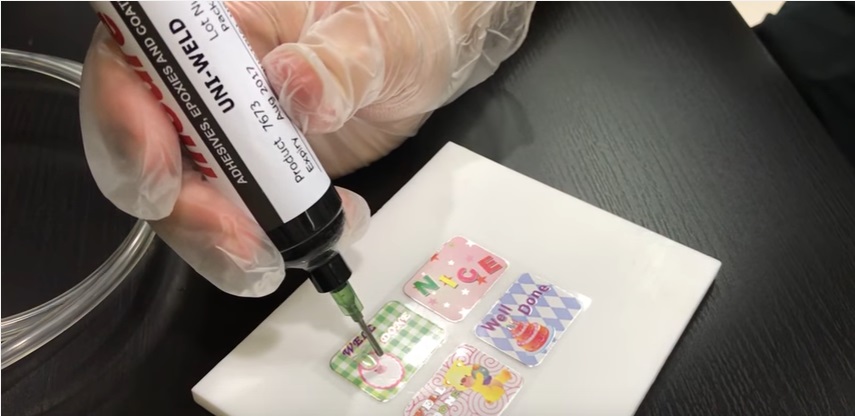UV Glue vs. Super Glue: Picking the Perfect Partner for Your Project
When it comes to quick and secure bonding, super glue (cyanoacrylate) reigns supreme. But for some projects, a newer contender steps into the ring: UV glue. Both offer impressive adhesive properties, but which one deserves a place in your toolbox? Let’s dissect the strengths and weaknesses of UV glue and super glue to help you choose the perfect bonding partner for your needs.
Super Glue: The Classic Contender
Super glue has earned its reputation for a reason. Here’s what makes it a reliable choice:
- Fast Curing: Super glue sets in seconds, making it ideal for quick repairs and projects requiring immediate bonding.
- Simple Application: No mixing or complex procedures – just apply a small drop and press the parts together.
- Versatility: Bonds a wide range of materials, including plastics, metals, wood, and rubber.
- Cost-Effective: A single tube of super glue lasts a long time for small repairs and projects.
But super glue isn’t perfect:
- Fumes and Odor: Strong fumes can be irritating and unpleasant, especially in poorly ventilated areas.
- Blooming: Excess adhesive can leave a white residue around the bonding area, affecting aesthetics.
- Limited Working Time: Once applied, you have a limited window to position your pieces before the glue sets.
UV Glue: The Light-Activated Challenger
UV glue offers a unique approach to bonding, with distinct advantages:
- Precise Control: Curing is triggered by UV light, allowing for precise application and minimal adhesive spread.
- Strong Bonds: UV glue forms incredibly durable bonds that can withstand significant stress and strain.
- Minimal Heat Impact: Cures at room temperature, making it safe for heat-sensitive materials like electronics and delicate crafts.
- Fast Curing (with Light): Exposure to UV light cures the glue within seconds, offering rapid bonding.
However, UV glue has its limitations:
- Light Source Needed: Requires a separate UV lamp to cure the adhesive, adding an extra step to the process.
- Limited Working Time: Once dispensed, UV glue has a limited working time before light exposure becomes necessary.
- Material Compatibility: While versatile, UV glue may not be suitable for all materials. Always check compatibility beforehand.
So, When Should You Choose Each Glue?
- Super Glue: Ideal for quick repairs, general household fixes, and bonding a variety of materials when fast curing and ease of use are priorities.
- UV Glue: Perfect for projects requiring precise application, minimal heat impact, strong bonds, and working with heat-sensitive materials. Well-suited for intricate repairs, miniatures, jewelry making, and electronics.
Ultimately, the best choice depends on your specific project needs. Consider factors like curing speed, desired precision, material compatibility, and the presence of a UV light source.
The Future of Bonding Solutions
Both UV glue and super glue are continually evolving. We may see advancements in super glue formulations that address odor and blooming concerns. UV glue technology might lead to faster curing times, wider material compatibility, and potentially integrated light sources within the adhesive applicator.
The Takeaway:
Super glue and UV glue are not replacements for each other, but rather complementary tools in your bonding arsenal. Understanding their strengths and weaknesses allows you to choose the perfect partner for your project, ensuring a successful and secure outcome.
Confused by UV Resin vs. Traditional Glue? Incure Offers Both! Explore solutions in our blog post to find the perfect fit. Visit www.incurelab.com for more details. Need expert advice? Contact Us for personalized recommendations!

